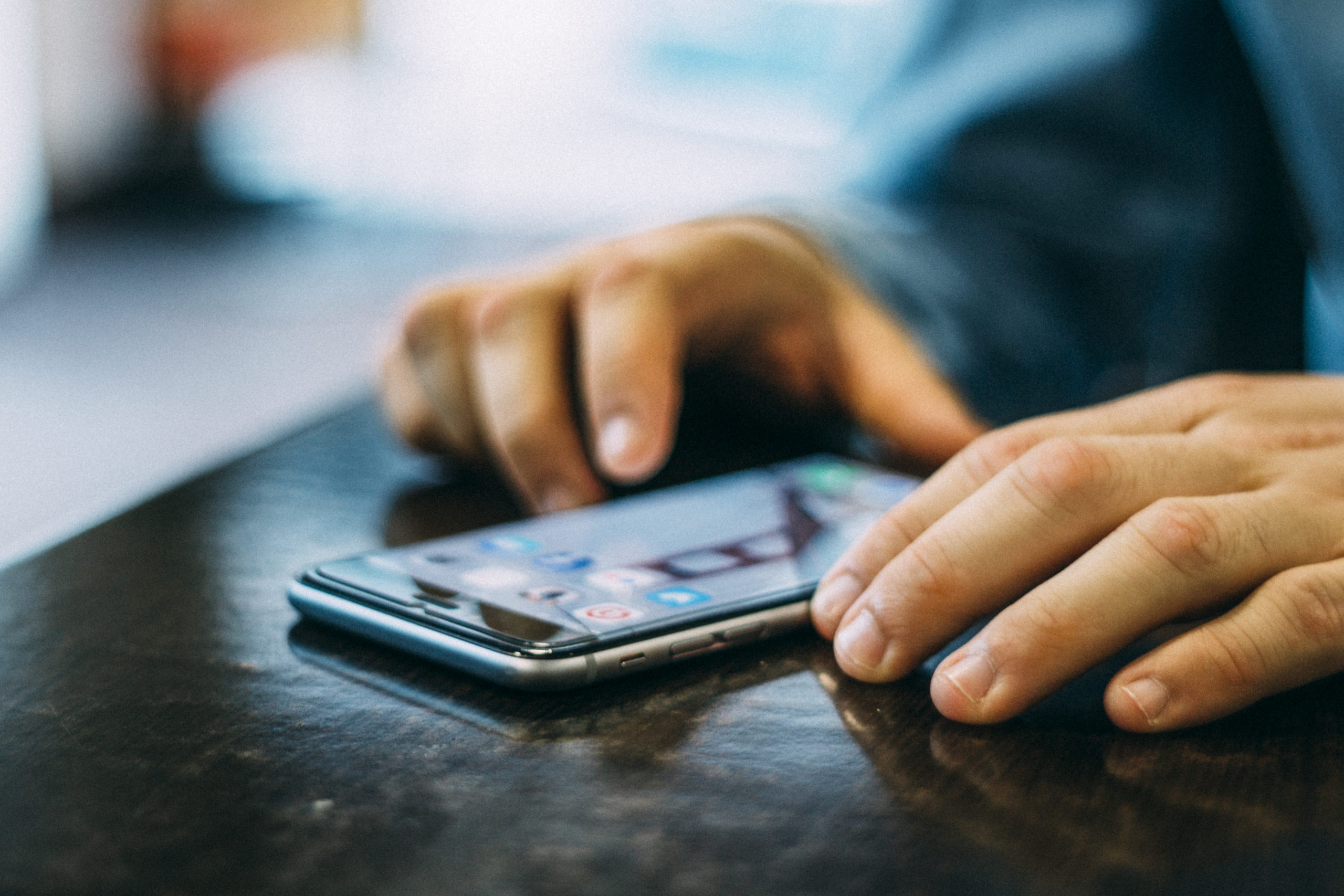If you want to continue delivering meaningful experiences to your customers, you need to provide the best user experience (UX) possible. This is especially true now that customer behavior is rapidly changing and has even become more adaptive to digital platforms. In fact,a report from GlobalWebIndexnotes that the average internet user spends at least 3 hours and 39 minutes online. Therefore, if you want to start attracting prospects or maintain your current customers, focusing on your services’ UX is essential.There’s no one right UX for every business, industry, or even location. For those operating in Southeast Asia, you may even realize that some experiences are more suitable to your audience than others. You would find that most businesses will localize their user experience even if they are successful brands in the US or Europe. Let’s look at some of the aspects one should consider when designing the user experience for Southeast Asia.
Colors
Every culture perceives color differently. Some choices may even have a psychological impact on the user. This is why you should always be wary of the colors that you use and the contexts you use them in. For example,Mastering Bahasa’s Indonesia culture overviewexplains that green is an unlucky color in the country, as it’s associated with an infamous myth that’s related to death. So, if you’re planning or are already conducting business in Indonesia, you may want to consider the amount of green that you inject into your design. Gold symbolizes “fortune” in many Chinese-speaking markets (from China, Hong Kong, Macau to Taiwan), so you may opt to incorporate the color in your digital products offered in the area. If your industry is money-related, like FinTech, gold might help you attract customers. With a country that is multiracial, such as Malaysia that counts 20% of its population Chinese, gold might help if your target audience is predominantly the Chinese consumer. Do your research, see what colors are more likely to appeal to your market.
Typefaces and fonts
Because of the diversity and ethnicity in the region, Southeast Asia enjoys many alphabets — both of which can affect the UX of the service or website you’re designing. According to Expat Bets’ Malaysia guide, the country’s official alphabet is Rumi (Roman alphabets), which is what the English alphabet uses. However, the traditional Bahasa Malaysia script is Jawi, which is derived from the Arabic script. Depending on how you want your website to look, you might have to use different designs and typefaces to enhance UX. If it’s Rumi, small fonts and smaller spaces between characters work well against any webpage background. However, text written in Jawi could use more height for emphasis.Similarly, if you’re a business operating in Macau, Hong Kong, and other Southeast Asian countries using the Chinese alphabet, bold font types might help the user read your texts.[caption id="attachment_2031" align="aligncenter" width="2560"]

Source: https://images.pexels.com/photos/393034/pexels-photo-393034.jpeg[/caption]
Mobile-centric design
Many Southeast Asians use the internet, and a large percentage of that number is spent on mobile. The region is even the leading area for mobile connections, with a study from We Are Social and Hootsuiteinforming us how there are 887 million mobile connections in the region — 132% of the total population. This excess in number even implies that many people own more than one mobile device.A lot of them use mobile devices to buy products too, which is why there are manye-commerce players in Southeast Asia like Shopee, Tokopedia and Lazada. Therefore, a big part of your UX’s strategy should always be spent on enhancing the mobile experience. Do your best to not put too many assets on your website (especially large-size image files that are not optimized for mobile view), so they load faster on smartphones. Divide your content into three to four sentences per paragraph as well, so that the lines are more easily read on mobile.UX has its nuances, and it’s no different here in Southeast Asia. Familiarize yourself with the cultures, and you’ll find that there are different UX trends that are unique to the local market.





